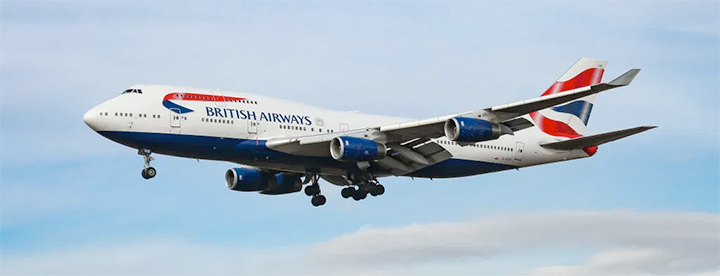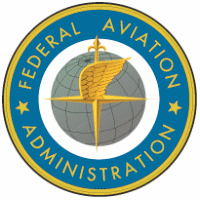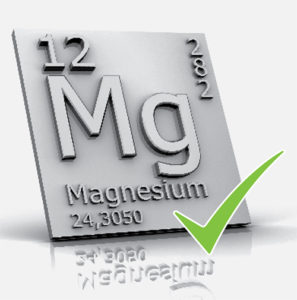
Browser Fallback Code still in progress,
please upgrade to the newest version of chrome firefox or safari for the intended experience.
The combustibility of magnesium alloys
briefing from Galaxy Trade and Technology
In correct use and correctly specified, magnesium alloys are safe and do not create a fire hazard.
With the appropriate alloy combination, magnesium does not ignite or explode. The specification of suitable magnesium alloys for defined industrial uses is a specialty of Galaxy Trade and Technology.
The common misconception about the dangers of magnesium is due to confusion of magnesium alloys with pure magnesium. Pure magnesium, in the form of powder or ribbons used for photographic and pyrotechnic purposes, as well as in high school chemistry experiments that every student remembers, may ignite if exposed to flame.
Here are some key facts and information about magnesium safety:
• Solid magnesium parts will not burn until heated above the melting point. This melting point is similar to aluminum, at 650 ̊C or 1202 ̊F.
• If locally melted, the high thermal conductivity of magnesium will generally ensure rapid cooling and prevent a fire from spreading.
• It is possible, with a welding torch, to burn a hole in a magnesium sheet as big as the cone of the welding flame without igniting the surrounding metal. Similarly, a welding torch can be placed on a full-size ingot and it will not ignite.
• Magnesium alloys can be easily welded. Welding temperatures are typically very high at the point of application of a gas jet or electric arc, yet the welded alloys do not ignite.
• Magnesium alloys in mass industrial production are commonly rolled, extruded, forged, and heat-treated at elevated temperatures (over 400 ̊C or 752 ̊F).
• Magnesium alloys are widely used in jet engines, in the structures of military and civilian helicopters, and in hundreds of auto components, without flammability issues.
• Fine grains of pure magnesium are highly combustible, but even so magnesium can be safely ground or cut if the right safety practices are applied, particularly to avoid the accumulation of potentially explosive dust. These cautions are similar to those that must be observed when working with other materials — for example, accumulated dust from grinding aluminum or other fine powders such as flour or sugar.
Adapted by Galaxy Trade and Technology from a brochure by the International Magnesium Association.
The International Magnesium Association (IMA), and its members, is committed to best practices, state-of the art production processes, and the safest working environments within the production and use of magnesium. IMA places a high level of importance on safety, fire prevention, and staying abreast of new developments within the industry. Regular safety initiatives, webinars, and fire drills are regularly facilitated and encouraged by the IMA.
© Portions copyright, International Magnesium Association 2018

Technical Reference:
The U.S. Federal Aviation Administration (FAA) issued a paper titled “Evaluating the Flammability of Various Magnesium Alloys During Laboratory- and Full-Scale Aircraft Fire Tests” — Timothy R. Marker, National Technical Information Services (NTIS), Springfield, Virginia 22161 and the William J. Hughes Technical Center at actlibrary.tc.faa.gov
download PDF: FAA Report: Magnesium Flammability
From the abstract: “Full-scale tests simulating a survivable postcrash aircraft fire were conducted with a large external fuel fire to determine if an increased hazard resulted with seat frames constructed of magnesium alloy in the primary components. Follow-on tests using B/E 990 seats outfitted with components constructed from both a well-performing magnesium alloy and a poor-performing alloy were conducted to determine any increase in hazard resulting from the use of these materials in the seat frames. The tests indicated no additional hazard resulted for a majority of the test duration when using either of the magnesium alloys.”

Note from Galaxy: Not all magnesium alloys are suitable for aircraft use; in particular the common AZ-31 alloy was found by the FAA study to burn and be difficult to extinguish when subjected to continuous high heat in laboratory settings. This points up the necessity to apply precise magnesium alloy design and manufacturing techniques, an area in which Galaxy Trade and Technology specializes, when considering applications that require fire resistance.

Of further interest: Magnesium Alloys in Aircraft Seat Construction, Federal Aviation Administration William J. Hughes Technical Center, Airport and Aircraft Research and Development Division, Fire Safety Branch
Thanks for Nes Abdulrahman of Mag Specialties for assistance in this research.
PDF Download: Technical Brief: Fire-Safe Magnesium
